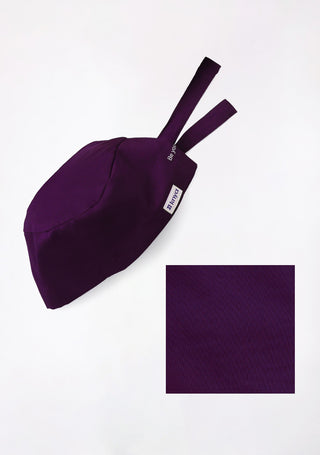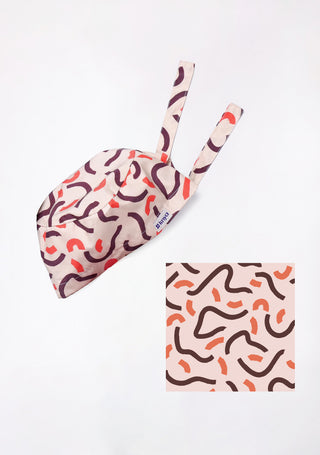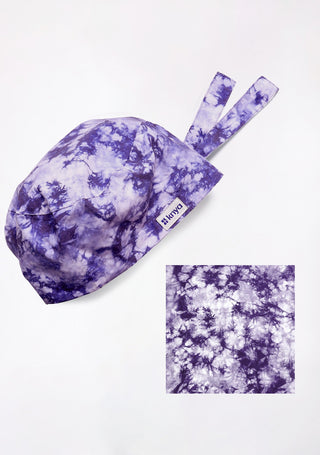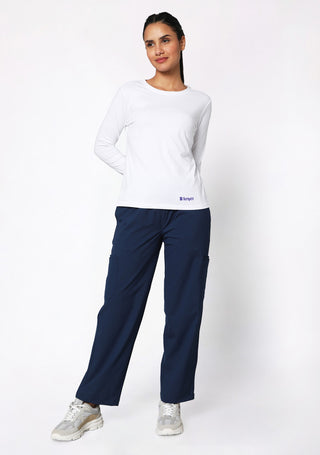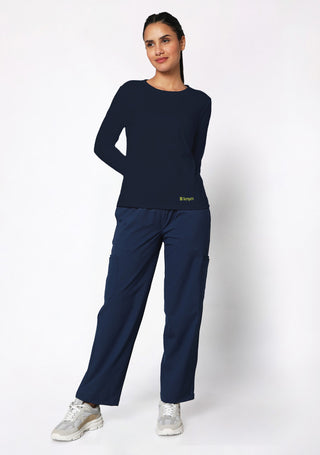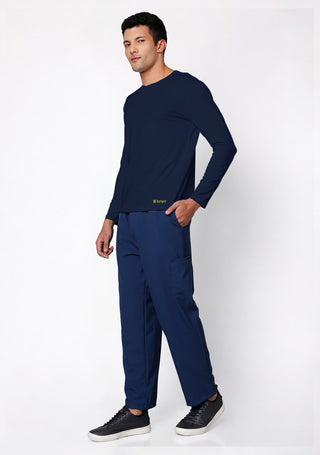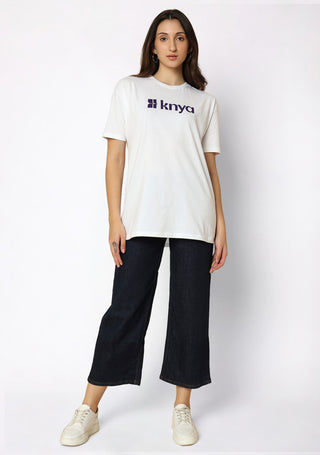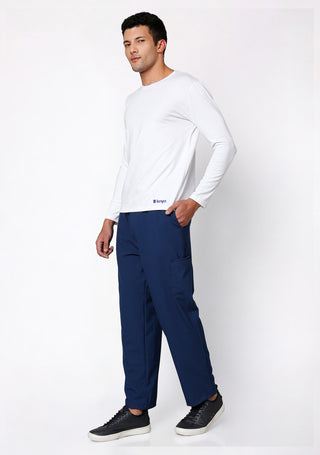A lab coat is more than just a piece of professional clothing. It is a symbol of trust, responsibility, and professionalism in healthcare and research fields. But in today’s workplaces, professionals are going one step further—customizing their lab coats with embroidery and personal touches. Knya understands that a lab coat should not only protect but also reflect identity, personality, and professionalism.
From embroidered initials and full names to job titles, logos, or decorative elements, lab coat customization has become a way to stand out while staying professional. This step-by-step guide will walk you through everything you need to know about customizing your lab coat with embroidery—how to choose the right design, placement, and fabrics, while keeping both style and functionality intact.
Why Personalization Matters
Personalization has become a strong trend across clothing, accessories, and uniforms. For medical professionals, scientists, and students, a customized lab coat does more than just look good.
- Professional Identity: Your embroidered name and title on a lab coat build recognition and trust with patients and colleagues.
- Practicality: Embroidery helps in easy identification, reducing mix-ups in busy workplaces.
- Team Cohesion: Adding institutional logos and consistent embroidery across staff reinforces branding and unity.
- Personal Pride: Wearing something that carries your name or initials creates a sense of ownership and belonging.
Whether you are a medical student getting your first coat, a doctor in daily practice, or a researcher in a lab, embroidery makes your lab coat uniquely yours.
Click here to explore comfortable lab coats and discover our complete collection of comfortable and stylish medical apparel
Step 1: Choosing the Right Fabric and Fit
Before embroidery, the foundation of customization lies in the lab coat itself. Knya lab coats are designed with durable and breathable fabrics that balance comfort and style.
- Cotton: Soft and breathable, suitable for long hours.
- Polyester: Wrinkle-resistant and durable, ideal for regular use.
- Blends: Cotton-polyester blends provide both comfort and practicality.
Fit is equally important. Slim-fit coats look modern and professional, while classic cuts offer more room for movement. Choosing the right fit ensures your embroidered design looks sharp and well-placed.
Step 2: Selecting Embroidery Styles
Embroidery can be subtle and professional or bold and expressive. Popular styles include:
1. Monogramming
- Initials embroidered on the chest or sleeve.
- Sleek and minimalistic.
- Perfect for a clean, professional identity.
2. Full Name Embroidery
- The most common choice in healthcare.
- Makes identification easy for patients and staff.
- Typically placed above the left chest pocket.
3. Job Title Embroidery
- Adds an extra layer of professionalism.
- Example: “Dr. Sharma – Cardiologist.”
- Builds clarity in patient care environments.
4. Logo Embroidery
- Used by hospitals, labs, or universities.
- Reinforces institutional branding.
- Often placed on the chest or sleeve.
5. Decorative Embroidery
- Creative designs like floral patterns, borders, or geometric shapes.
- Adds personality while maintaining professionalism.
- Subtle placement on collars or cuffs can make a big difference.
Ready to explore our amazing surgical caps collection? Browse the best here
Step 3: Deciding on Placement
Placement determines how embroidery looks and how functional it is. Common options include:
- Left Chest (above pocket): Ideal for name and title.
- Right Chest: Secondary option for logos or additional details.
- Sleeves: Great for institutional branding or decorative elements.
- Collar/Cuffs: Subtle personalization that looks stylish.
- Back Panel: Bold placement for larger logos or team identity.
Each placement carries a different level of visibility and impact. For professional environments, chest embroidery is most common.
Step 4: Choosing Thread Colors
Color selection is crucial. Embroidery colors should contrast with the fabric to remain visible but also complement the overall coat.
- Classic Black or Navy: Professional and sharp.
- Red or Maroon: Adds boldness and visibility.
- Gold or Silver: For a premium, standout look.
- Institutional Colors: Aligns with branding and identity.
Knya offers embroidery in different thread shades, allowing you to match your personal or organizational style.
Step 5: Adding Functional Features
Customization is not limited to embroidery. Lab coats can also be modified with practical features to make them more functional:
- Extra pockets for instruments and notebooks.
- Loops for stethoscopes or ID badges.
- Hidden zippers for secure storage.
- Personalized stitched name tags.
By combining embroidery with functional add-ons, you can make your lab coat both stylish and efficient.
Step 6: Exploring Patches for Lab Coats
If you prefer flexibility, patches are a great alternative to embroidery. Unlike permanent stitching, patches can be replaced or updated easily.
- Name and Title Patches: Simple yet effective for identification.
- Logo Patches: Used widely by hospitals and universities.
- Decorative Patches: Fun designs for a creative touch.
Patches offer more design freedom while keeping personalization versatile.
Step 7: Caring for Embroidered Lab Coats
Embroidery adds beauty, but it requires proper care.
- Wash coats in cold or lukewarm water to preserve thread color.
- Avoid harsh detergents that may fade embroidery.
- Iron on reverse side to prevent damage.
- Store coats neatly to maintain sharpness of stitching.
Knya lab coats are designed to handle repeated washes while keeping embroidery intact and professional.
Personalized Lab Coats: A Growing Trend
More medical students, doctors, and researchers are embracing customized lab coats. With embroidery and personalization, a lab coat becomes a part of professional identity—something that reflects more than just a uniform.
Knya makes this process easier by offering high-quality lab coats designed for customization. Whether you need scrubs, underscrubs, or lab coats, embroidery adds that finishing touch of professionalism and individuality.
Conclusion
Customizing your lab coat with embroidery is more than just a style choice—it’s a way to build professional identity, ensure easy recognition, and express individuality in the workplace. From monograms to logos, embroidery offers endless ways to personalize. With Knya’s high-quality lab coats, scrubs, and underscrubs, personalization becomes simple, professional, and long-lasting.
Your lab coat should not only protect, it should represent who you are. With embroidery, make your coat truly yours

